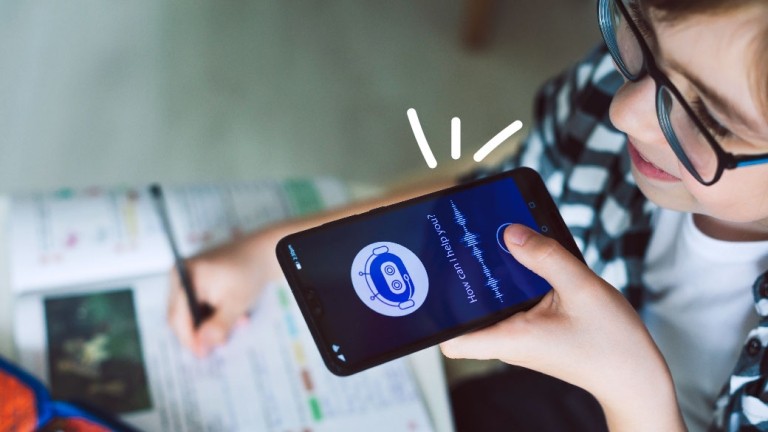Are you chip card savvy?

I’ve always been a bit of a slow adapter. I mean, I still have a VCR in my bedroom! So, at first, I was worried my new EMV chip card would be a hassle in the checkout line. Do I need bags? Do I want my cold items separate? Do I swipe my card or insert it? When do I remove it? Oh, now?
Now that I’ve learned about the benefits of chip technology, I’m thankful for the added security the EMV card provides. EMV cards look just like other cards, but they include a special microchip that protects each in-store transaction by creating a unique, encrypted code that helps prevent fraud. OCCU sent all members new EMV cards to replace their existing cards in 2015 so chances are your using one.
While EMV technology has been common in Canada and Europe for years, it is only just now starting to catch on in the U.S. You may have noticed that even if you have an EMV card, not all merchants have EMV readers. Until all merchants have added the new readers, you can still swipe your card just like a magnetic strip card. Just note that without the reader the card doesn’t create the protective code.
In October 2015, merchants became liable for most counterfeit card fraud, unless they switched their terminals to EMV compatible systems. The merchant’s cost is between $1,000-2,000 per terminal. OCCU’s Card Services Supervisor, Rachel Mender says that merchants are trying to move quickly to setup machines that will read EMV cards, but because there is a high demand and several steps involved in setting up the system takes a while.
If you’re an OCCU you member, you should have already received your new EMV card. It’s important to start using it right away. Otherwise, if it’s not activated quickly enough the card will have to be reissued. To make the transition as easy as possible, the new OCCU debit and credit cards have the same number and PIN. They do, however, have a new expiration date so make sure you update any automatic payments you may have set up.
If you haven’t had the opportunity to use your card yet, it’s easy. I promise. If the vendor does have a slot for chip cards, it will require you to insert the card so that the extra security code is created. If the vendor doesn’t have a slot for chip cards, then you’ll run the card with using the magnetic strip just like your old card. Although the magnetic strip will not activate the extra security, it will act just like a traditional credit or debit card.
Simply insert the card chip-side up into the slot and follow the instructions on the screen. This is where I always get tripped up, but don’t try to remove your card until the prompts tell you to. The one-time transaction code is being created while the card is in the reader. If you remove it too soon, it disrupts the process and cancels the transaction. The terminal will alert you with a screen prompt or a beep when it’s time to remove your card. Depending on the transaction, you may or may not have to use your pin or sign for the purchase.
You may have heard rumors about EMV cards. For instance, there was a rumor that the cards could be scanned through a person’s wallet and your information stolen. People were even buying special wallets that couldn’t be scanned through. Not to worry, says Mender, OCCU’s cards aren’t proximity readers. They must be inserted into the terminal or have the magnetic strip swiped in order to be read.
The other rumor out there is that retailers are afraid of long lines while customers are getting used to the technology. As previously discussed, I am a slow adapter (hello, cassette tapes), and it didn’t take me long at all to get used to using my new EMV card. Plus, the added peace of mind is well worth a couple of extra seconds in the checkout line.


